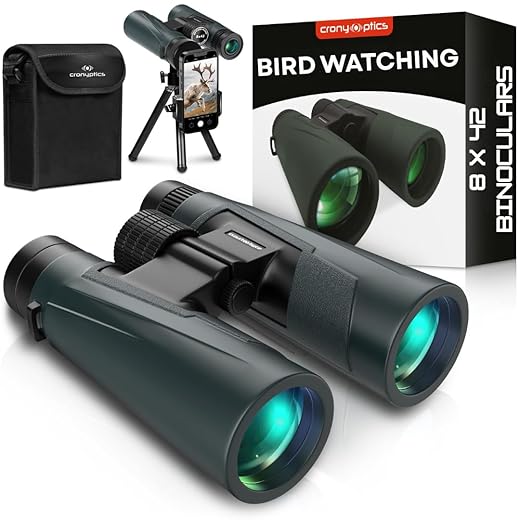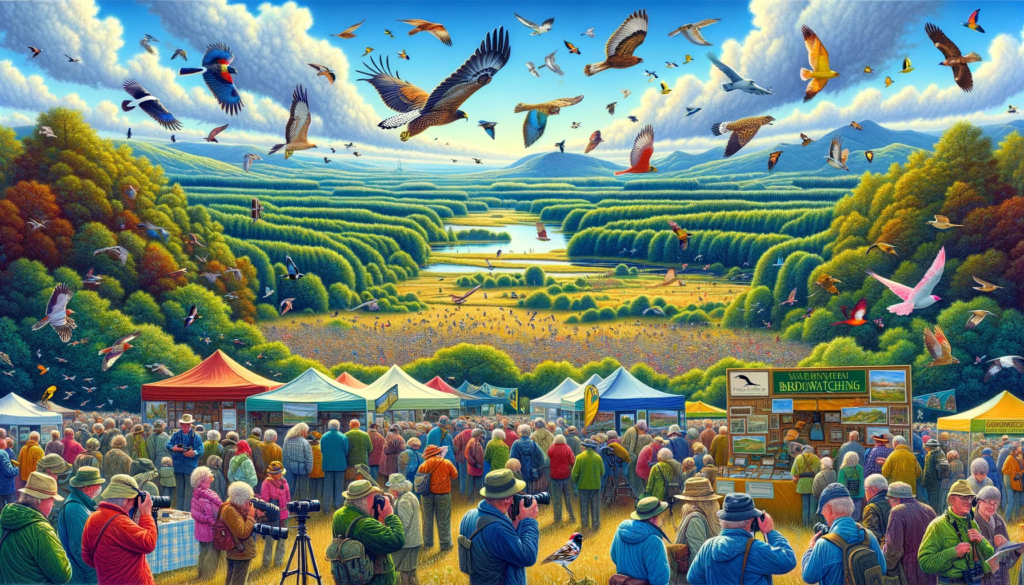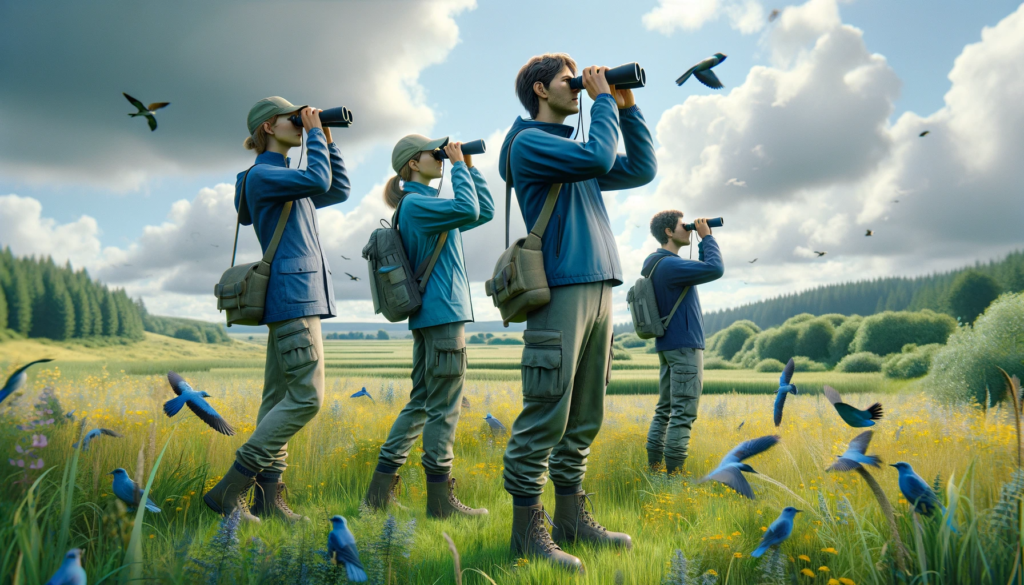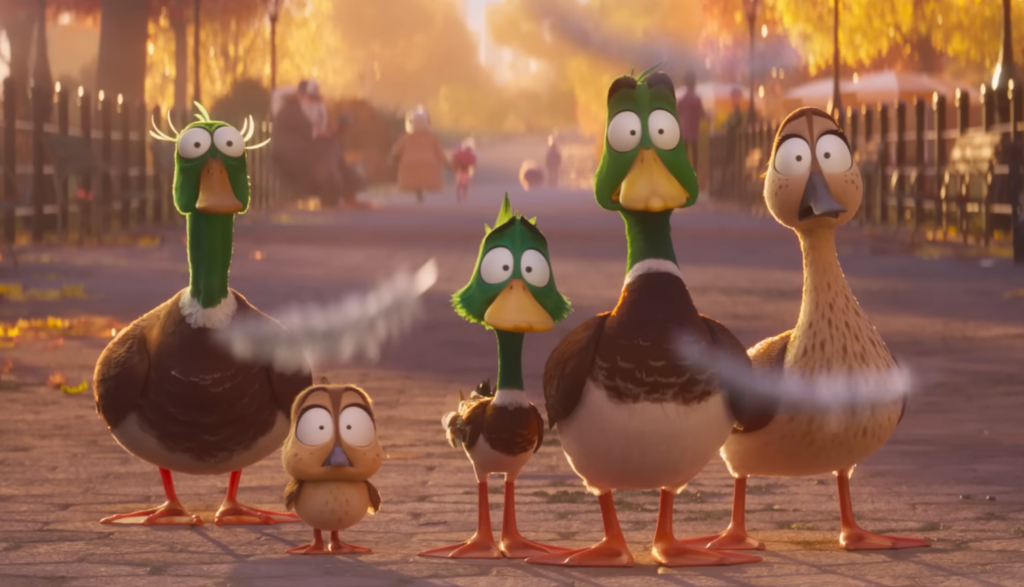According to a recent survey conducted by the U.S. Fish and Wildlife Service, birdwatching is a popular pastime among American adults, with approximately one-third of the population aged 16 and over engaging in activities related to observing, feeding, or photographing birds. The survey, which shows a significant increase compared to the previous study conducted in 2016, suggests a rising interest in birding and a growing awareness of the importance of birds in our environment.
Alongside this trend, social media and participatory science programs like the Merlin Bird ID app and eBird have also witnessed a surge in users, reflecting the heightened fascination with avian affairs. Birding not only brings joy and connection with nature but also contributes to the economy, with wildlife watchers spending over $250 billion in 2022 on equipment and other related expenses.
These findings highlight the significance of birds as vital economic engines and the need to prioritize environmental conservation for the well-being of both birds and humans.
Survey Results
Number of birdwatchers in the U.S.
According to a survey conducted by the U.S. Fish and Wildlife Service, around 96 million people in the U.S. engaged in birdwatching activities in 2022. This accounted for more than 35% of the nation’s population aged 16 and over. The number of birdwatchers has more than doubled since the previous survey conducted in 2016, indicating a significant increase in interest and participation in birdwatching.
Comparison to previous survey
The latest survey results cannot be directly compared to the previous survey due to a change in data collection methodology. However, the increase in the number of birdwatchers is evident, reflecting a growing trend in birdwatching activities. The change in methodology may have also contributed to a more accurate representation of the actual number of birdwatchers in the U.S.
Trending birding boom
In recent years, there has been a worldwide birding boom, which has been further fueled by the COVID-19 pandemic. Social media platforms and newspaper headlines have been buzzing with discussions and news articles about birdwatching. The increased interest in birding can be attributed to its accessibility, as well as the desire to connect with nature during challenging times. Cornell Lab of Ornithology programs, such as the Merlin Bird ID app and eBird, have also played a significant role in fueling this birding boom by providing tools and resources for bird identification and data collection.
Impact of Cornell Lab of Ornithology programs
The Cornell Lab of Ornithology’s participatory science programs, including the Merlin Bird ID app and eBird, have contributed to the increased interest in birdwatching. The Merlin Bird ID app has seen a significant increase in its user base, from 300,000 users in March 2020 to over 1.5 million active users in the U.S. as of March 2023. Similarly, eBird monthly checklist submissions have doubled, indicating a greater involvement of birdwatchers in recording their sightings. These programs have not only provided birdwatchers with valuable resources for identification and data collection but have also fostered a sense of community among bird enthusiasts.

Birding as a Business
Economic contribution of birding
Birdwatching is not just a hobby but also a significant economic contributor. The U.S. Fish and Wildlife Service survey reveals that wildlife watchers, including birdwatchers, spent more than $250 billion in 2022 on wildlife-related recreation. This accounted for over six out of every ten dollars spent on wildlife-related activities, surpassing hunting and fishing. The economic impact of birdwatching extends to various sectors, including equipment sales, travel, and accommodation.
Spending on wildlife-related recreation
Birdwatchers, in particular, are avid spenders on equipment such as binoculars, cameras, and bird food. According to the survey, birdwatchers spent over $24 billion on equipment alone in 2022. Additionally, the average spending per person for birdwatching activities amounted to $2,188. These expenditures contribute to the overall economy and support businesses in the birding industry.
Case study: Economic impact of a rare bird sighting
A study published in the journal People and Nature documented the economic impact of a rare bird sighting. When a Steller’s Sea-Eagle appeared on the New England coast during the winter of 2021-22, birdwatchers flocked to the area, resulting in an injection of over $750,000 into the economies of Maine and Massachusetts. This case study highlights how rare bird sightings can attract birding enthusiasts and generate substantial economic benefits for local communities.





Birding Festivals
Benefits of birding festivals
Birding festivals provide valuable opportunities for birdwatchers to expand their knowledge, explore new birding hotspots, and connect with fellow bird enthusiasts. These festivals often offer a range of activities, including guided field trips, keynote speakers, workshops, special events, exhibits, and vendors. Attending birding festivals can enhance the birdwatching experience and provide a platform for learning and networking within the birding community.
Activities and offerings at festivals
Birding festivals feature a variety of activities designed to cater to different interests and skill levels. Guided field trips offer participants the chance to explore local birding hotspots and learn from experienced birding guides. Keynote speakers provide insights into bird conservation, behavior, and research. Workshops cover topics such as bird identification, photography, and habitat conservation. Special events, exhibits, and vendors offer opportunities to engage with bird-related products, artwork, and educational materials.
Where to find festival listings
For birdwatchers interested in attending birding festivals, there are resources available to find comprehensive listings. Websites dedicated to birding, such as All About Birds, provide updated information on upcoming birding festivals across the country. These listings include details about the festival location, dates, activities, and contact information for registration. Exploring these listings can help birdwatchers plan their participation in festivals and make the most of their birding experiences.

This image is property of www.allaboutbirds.org.
Importance for Environmental Conservation
Informing elected officials
The survey results on the number of birdwatchers in the U.S. can serve as a valuable source of information to share with elected officials. The significant participation in birdwatching activities highlights the relevance and importance of environmental conservation to a large portion of the population. This information can be used to advocate for policies and initiatives that support conservation efforts and protect bird habitats.
Highlighting environmental and conservation concerns
Birdwatchers play a crucial role in identifying and monitoring environmental and conservation concerns. Their observations and data submissions contribute to scientific research and help identify trends and patterns in bird populations. By highlighting these concerns, birdwatchers can raise awareness and encourage action to address environmental issues, such as habitat loss, pollution, and climate change.
Economic importance of healthy bird populations
Bird populations are not only valuable from an ecological and conservation standpoint but also from an economic perspective. Healthy bird populations contribute to the overall ecosystem health, supporting essential ecosystem services such as pollination and pest control. Additionally, migratory birds can generate revenue for different states as birdwatchers and hunters travel to observe or harvest them. This economic value emphasizes the importance of maintaining healthy bird populations and preserving their habitats.
In conclusion, birdwatching has garnered significant attention and participation in the U.S. The survey results indicate a growing trend in birdwatching activities, with more individuals engaging in observing, feeding, and photographing birds. This increase in interest has economic implications, with birdwatching contributing to the wildlife-related recreation sector. Birding festivals provide opportunities for birdwatchers to expand their knowledge and connect with fellow enthusiasts. Furthermore, birdwatching plays a crucial role in environmental conservation by informing elected officials, highlighting concerns, and emphasizing the economic value of healthy bird populations. With the continued support and engagement of birdwatchers, bird conservation efforts can be strengthened, benefiting both the environment and the economy.





Pingback: Discover Florida's Diverse Sparrows: A Birdwatchers Guide
Pingback: Uncovering the Majestic Hawk Species in Florida